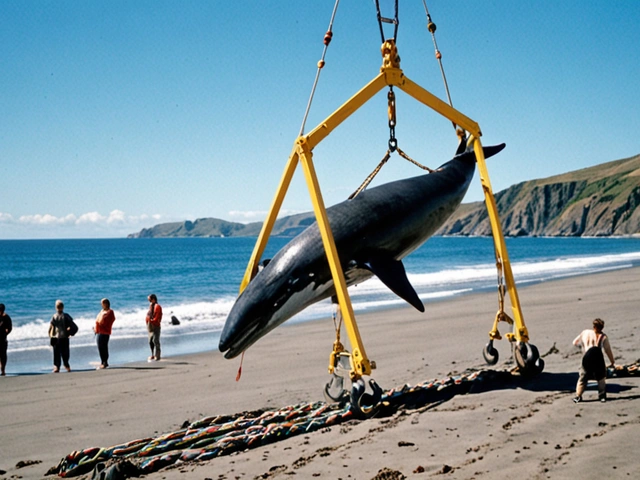Injury Recovery: Practical Steps to Get Back Stronger
Got hurt and don’t know what to do first? You’re not alone. The right first steps and a clear plan cut recovery time and lower the chance of reinjury. This guide gives simple, proven actions you can take right away and through rehab.
First 48–72 hours: what matters most
Stop the activity that caused the injury and check how bad it is. Can you put weight on it? Is there heavy bleeding, numbness, or deformity? If yes, get medical help now. If it’s a common sprain or strain, use protection and controlled rest. Ice for 10–15 minutes every 2–3 hours the first day or two to reduce pain and swelling. Light compression and elevation help too. Avoid grinding through pain or applying heat in the acute phase—heat can increase swelling early on.
Schedule a check with a physiotherapist or doctor if pain is severe, swelling grows fast, or you can’t move a joint. A pro will test stability, nerve function, and whether imaging (X-ray, MRI) is needed.
Rehab phases: clear goals you can measure
Rehab usually moves through three practical stages: restore movement, rebuild strength and control, then return to normal or sport-specific work. Early on focus on pain-free range of motion—simple drills like ankle circles, heel slides, or shoulder pendulums help. Next, add gentle strengthening: isometrics (pushing without moving), then slow concentric and eccentric work. Later, do balance and agility drills that mimic your sport or daily tasks.
Use objective markers to judge progress: pain under 2–3/10 during rehab exercises, regained full or nearly full range of motion, strength at least 85–90% of the other side, and normal movement patterns without limping or compensation.
How long? Minor sprains can improve in 1–3 weeks. Moderate injuries often take 4–8 weeks. Serious tears, fractures, or surgeries can take months and need structured rehab. Everyone heals at different speeds—don’t compare your timeline to someone else’s social media highlight reel.
Nutrition and sleep matter. Aim for enough protein (roughly 1.2–2.0 g/kg body weight for active recovery), some extra calories if healing is slow, vitamin D and calcium for bone health, and plenty of fluids. Sleep helps tissue repair—shoot for consistent 7–9 hours.
Mental game: injuries frustrate people fast. Set small weekly goals (able to walk pain-free, do 10 single-leg squats, return to jogging). Celebrate progress. If anxiety or low mood persists, talk to a coach, physio, or counselor—mental health affects recovery speed.
Safe return: don’t rush. A safe return to sport or full activity needs full, pain-free range of motion, strength close to the uninjured side, confidence in the joint, and sport-specific testing (cutting, sprinting, jumping). If any of these fail, step back a bit and keep rebuilding.
Want updates and real-world injury stories? Follow our injury recovery tag to read how players and teams manage setbacks and bounce back stronger.
Mikkel Damsgaard's Inspiring Comeback: From Injury Woes to Building Confidence and Performance at Brentford FC
By Sfiso Masuku On 30 Oct, 2024 Comments (11)

Mikkel Damsgaard, a Brentford FC midfielder, opens up about his strenuous journey to regain his strength and confidence after an arthritis-related knee injury during his time at Sampdoria. With setbacks delaying his return to form, Damsgaard fought to reclaim his position, demonstrating determination and resilience. His recovery story reflects the mental challenges athletes face and the crucial support from teams like Brentford FC in overcoming such hurdles.
View More




